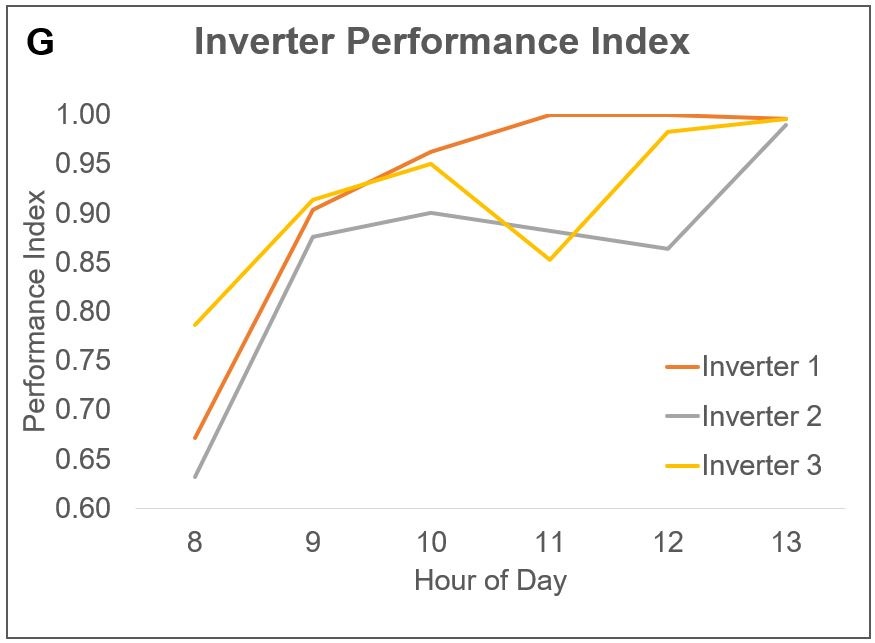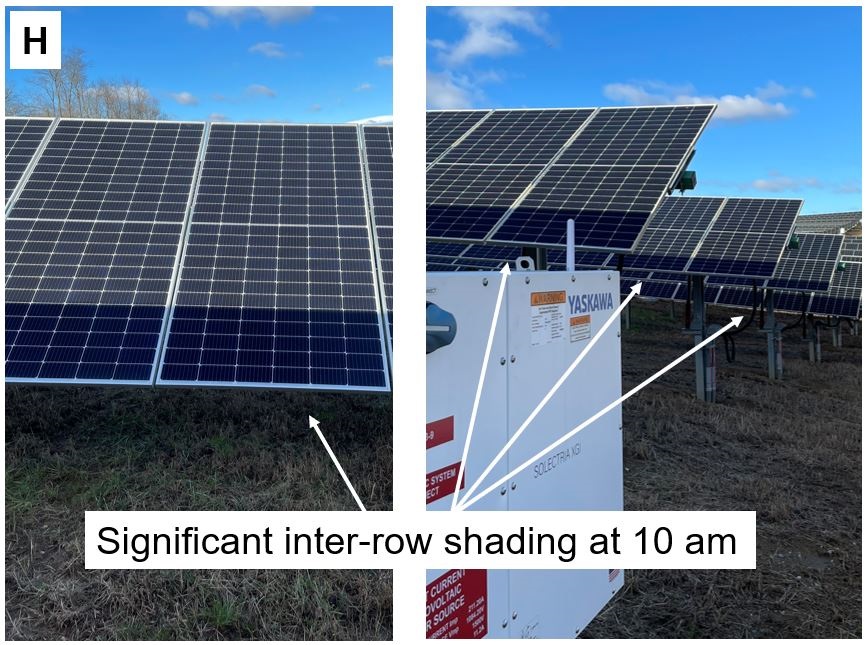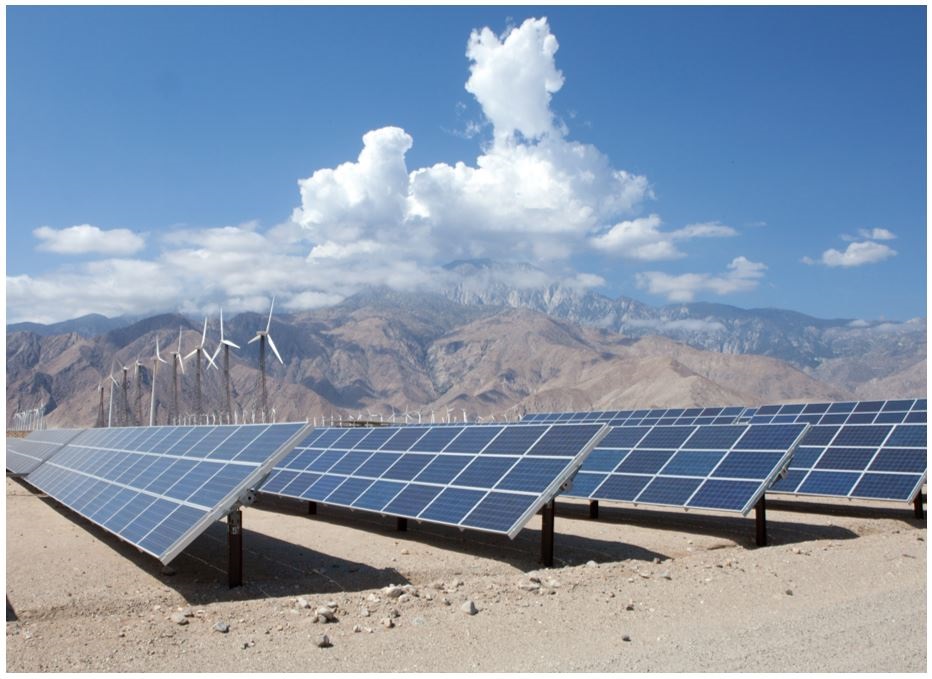Solar projects around the world are increasingly making use of trackers. In estimates of PV system energy generation, trackers are typically modeled in an idealized state such that they track the sun and perfectly minimize row to row shading. In operational projects, this is not always the case. Trackers can deviate from the idealized tracking angles, they can go offline and they can stow due to high wind speeds. They require regular tuning and performance checks as part of a maintenance plan.
The following two case studies explore how trackers perform in operational PV systems in relationship to their modeled performance and estimate the energy lost due to the difference between modeled and actual tracker performance.
Case study 1: Poorly commissioned trackers
The data below is from a PV system in its first year of operation. The system was found to be missing performance expectations and a performance analysis was needed to identify causes of underperformance.
Project specifications:
- Utility scale, ground mount, single-axis trackers
- First year of system operation – trackers “commissioned per supplier requirements”
- Generally flat site with minimal ground undulation
![]()
![]()
Even in the first year of operation, the trackers exhibit inconsistent tracking during the day, inconsistent back-tracking and offline times. A significant number of trackers exhibit large errors in tilt as compared with a PVsyst tracker.
Figures C and D show the performance index of the trackers during six months of operation and the relationship between performance index and tracking error.
![]()
![]()
Performance Index (1) = POA for actual tracker / POA for PVsyst tracker.
Tracking error and downtime can translate to 2%-10% lost energy for the project.
Case study 2: Ground slope
The data presented below is from a PV system in its first year of operation. The system was found to be missing expectations compared with the PVsyst model that assumes a flat project site with no ground slope.
Project specifications:
- Ground mount, single-axis trackers
- First year of system operation – trackers commissioned per supplier requirements
- Significant ground slope – 7% E-W grade
![]()
![]()
Figures E and F above show the tracking error as compared with the project PVsyst model and the performance index during five months of operation, respectively.
Most trackers are tracking within one degree of the PVsyst model and have performance indices higher than 0.99. The tracking system appears to be performing as expected.


Figures G and H show the inverter performance index on a representative day and images of significant inter-row shading on the PV modules at 10 a.m., respectively.
The PVsyst model and the tracker back-tracking algorithm are set up for a “flat” site. This results in inter-row shading in the morning for this site with a 7% E-W grade. Even though the trackers are performing as modeled by PVsyst, the project is underperforming for most of the morning due to inter-row shading.
In conclusion, while it may seem like tracker underperformance is an insignificant factor, it can translate into quantifiable revenue losses for a project in the range of 2% to 10%.
All tracker suppliers are not created equal. A high-quality tracker has the potential for better performance in the field. Trackers should be commissioned well to ensure high performance; and for sites with significant ground slope, trackers need to be tuned appropriately.
Dan Chawla is head of engineering and Alexandria Dionigi is project engineer at Natural Power, an independent consultant and service provider.
The views and opinions expressed in this article are the author’s own, and do not necessarily reflect those held by pv magazine.
This content is protected by copyright and may not be reused. If you want to cooperate with us and would like to reuse some of our content, please contact: editors@pv-magazine.com.








By submitting this form you agree to pv magazine using your data for the purposes of publishing your comment.
Your personal data will only be disclosed or otherwise transmitted to third parties for the purposes of spam filtering or if this is necessary for technical maintenance of the website. Any other transfer to third parties will not take place unless this is justified on the basis of applicable data protection regulations or if pv magazine is legally obliged to do so.
You may revoke this consent at any time with effect for the future, in which case your personal data will be deleted immediately. Otherwise, your data will be deleted if pv magazine has processed your request or the purpose of data storage is fulfilled.
Further information on data privacy can be found in our Data Protection Policy.